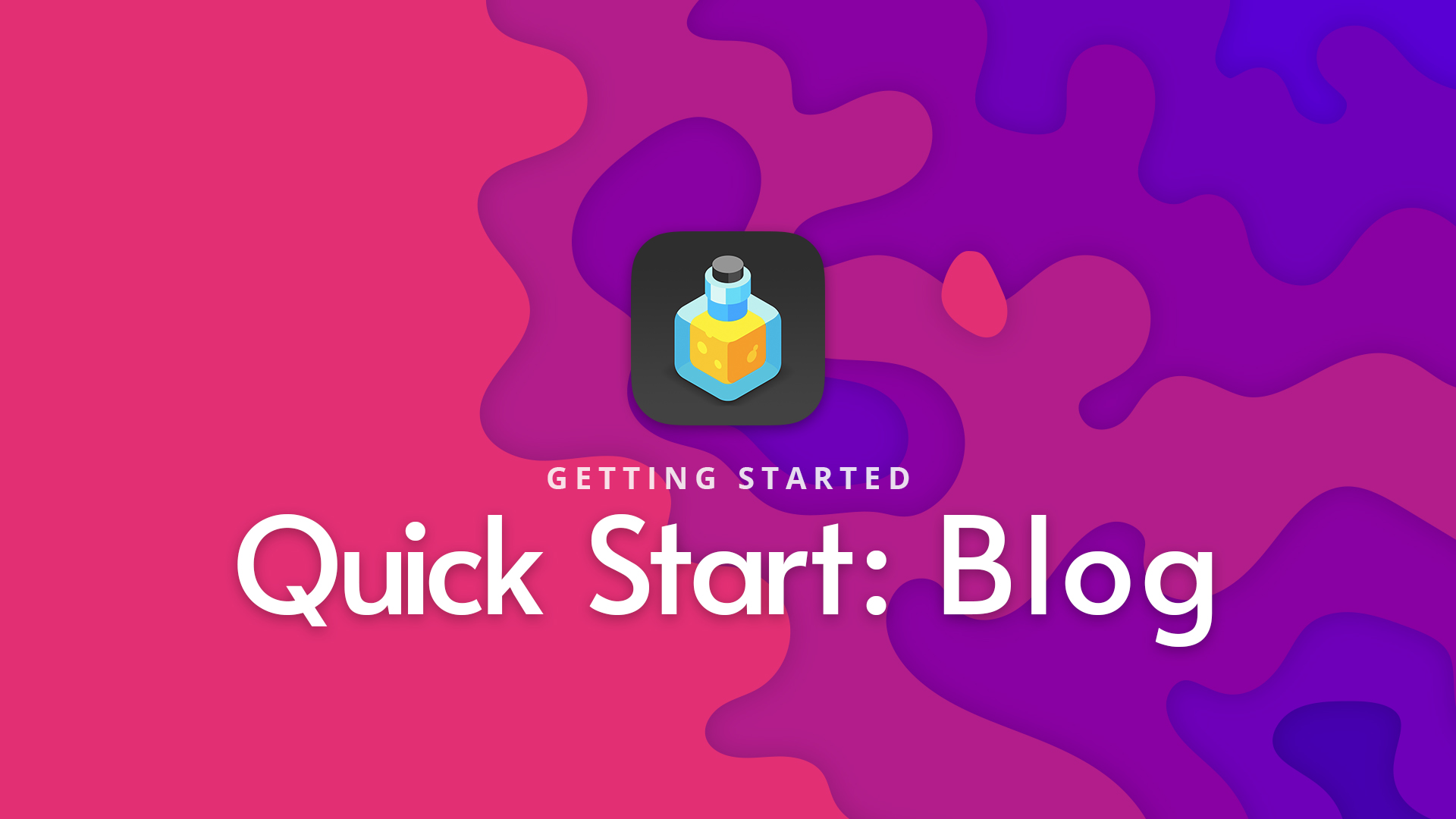Quick Start
Getting Started
Most people, myself included, like to just dive into a new product and just breeze past the Getting Started section altogether. In this case though I would highly encourage you to spend just a few minutes and check out this Quick Start section.
This section will get the basics of your Alloy Editor setup so that you're ready to start building out a Blog, creating Embeddable content and inserting Droplets on your pages. The videos on this page are short and sweet and get your Editor and Blog configured quickly.
Setting up the Editor
The Editor is the hub for all of your content in Alloy. Once installed you'll be able login to the Editor to create Blog posts as well as Embeds and Droplets. It will be the control center for creating and maintaining all of your Alloy content.
Getting ready to go is really quite easy. We simply need to build a quick page in RapidWeaver and setup our login credentials. In the video above we walk you through building an Editor page in just 5 minutes and configuring those login details.
Customizing the Editor
While we can get the basic Editor setup and running in just a few minutes, the stack itself also offers you a huge array of customization options. On the Editor stack's documentation page we outline what every customization option does, as well as offer an in-depth tutorial video covering many of the main features of the stack as well as look at how we can customize the Editor page to make it more stylish, taking our experience to the next level.
Setting up the Blog
One of Alloy's main focuses is blogging. While the Editor stack handles creating and managing the actual blog posts we still need to be able to display them to our site's visitors. To do this we need to build out a page for all of our Blog Posts. In the short video above we create our first blog page using the Blog Entries stack.
Foundry 3 Compatibility
If you're going to be using Alloy with Foundry 3 be sure to add the Alloy 'F3 Shim' tool to the page just below the Alloy Control Center. This F3 Shim tool is included in the most recent versions of Alloy. This F3 Shim adds a bit of necessary CSS to the page to help with compatibility.
Customizing the Blog
Much like the Editor stack, the Blog Entries stack has a huge assortment of customization options. While we've setup our basic blog above, the documentation page for the Blog Entries stack covers what every setting is and what it allows us to do to customize our blog. We've also got an expanded tutorial video there that shows how we can customize many of the features found in the Blog Entries stack to help our blog stand out.
What's next?
Now that we've got a basic installation of our Editor stacks setup, you might be asking "Where do I go from here?"
That depends on what content you're looking to work with first. Alloy can handle three different types of content -- Blog Posts, Embeds and Data Droplets. But where to begin is really up to you. We've created a separate section for each content type to help get you started, but we highly recommend checking out the Introduction to Content Management within Alloy next. That section covers what each type of content is used for as well as how to create and maintain them.


